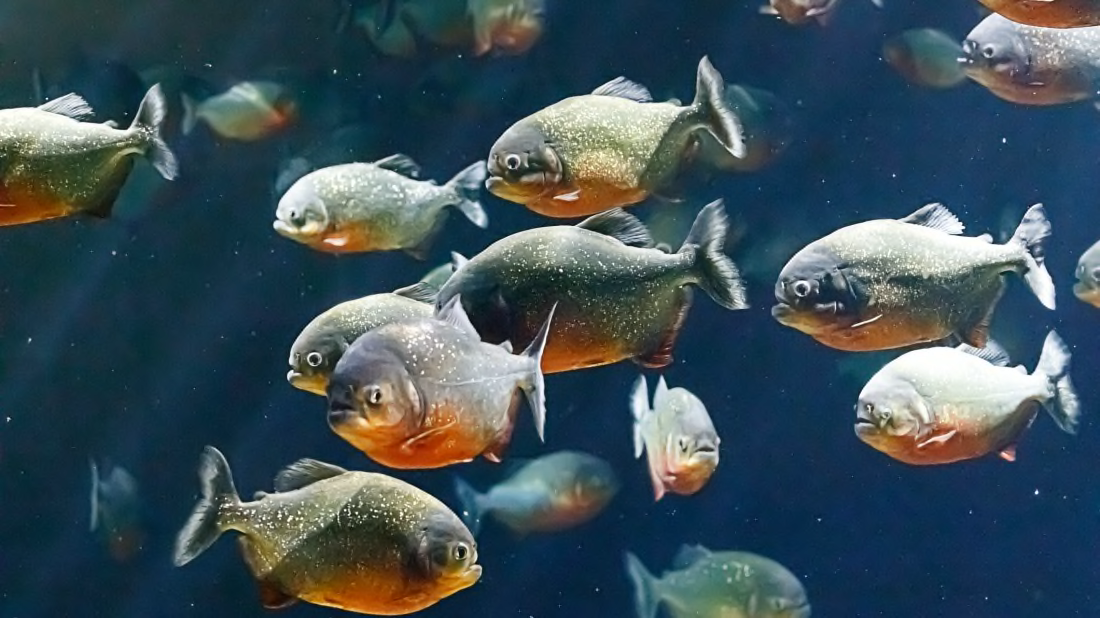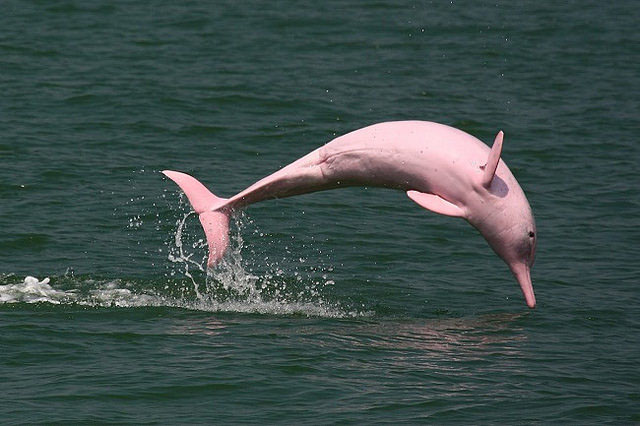Piranhas and pink dolphins lure visitors to remote Lake Tarapoto-
“…in fact they’re the inhabitants of a protected wetlands system in the Amazon.”
The following written content by Lucy Sherriff
Pink dolphins, piranhas and black caiman. It sounds like the stuff of legend, but in fact they’re the inhabitants of a protected wetlands system in the Amazon, home to thousands of rare animal species and fascinating tales of tribal gods turning men into dolphins.
Storytelling is part of the culture for the indigenous groups who live in the Amazon rainforest, and the wetlands play an important part in the yarns that have been spun for centuries. The stories told by the Ticuna people are no different; one in particular involves a pink dolphin disguised in human form who attends the tribe’s traditional festivities to enchant women who become enamored by this tall, strange man. He then takes her down to the river, and turns her into a dolphin, too.
But the waters of the Lagos de Tarapoto aren’t just home to tall tales. They’re such an important habitat for animal species that they were granted protected status in 2018, following a five-year battle to petition for the wetlands region to be internationally recognized by the Swiss conservation body Ramsar.

Scientists have been conducting research in the wetlands — which include Lake Tarapoto as well as a network of other waterways — for years. The lake is fed by the Amazon River and is interconnected to numerous smaller lakes by a complex system of creeks.
Experts have identified as many as 900 plant species, 300 bird species, 176 fish, 56 reptiles, 46 mammals and 30 amphibians. The wetlands, which cover 400 square kilometers, have one of the highest presence of river dolphins in the Colombian Amazon.
Recently, Omacha, alongside the WWF and with the help of local groups, began a satellite monitoring project of the cetaceans in the Amazon region.
The wetlands are a key place for dolphin breeding, as well as a fish breeding site — a vital source of food and income for the 22 indigenous communities that live in the region. The pirarucú fish, one of the largest freshwater fish, is a species of arapaima, which are native to the Amazon River. They have been a key food source for indigenous communities for centuries and are eaten fresh, dried or salted — and can grow up to 10 feet long.
Tourists who make it to the remote region flock to the lake in the hopes of catching a glimpse of the rare pink dolphin or trying their hand at piranha fishing. The Centro de Interpratación Ambiental Natütama, run by a non-profit, offers a host of information on the pink dolphin and manatee species.
There is still no consensus about why the pink dolphin is pink, as some of the mammals, known locally as “boto,” remain gray. Coloration varies, with adult males being the most pink, perhaps, experts surmise, because they fight a lot — and it is their scar tissue that is pink. Another theory is that they camouflage themselves to match the red mud that appears in some of the rivers following heavy rains.
Although you can swim in the lakes, they are piranha-infested, so perhaps check with your tour guide before taking a dip. Read more from Cable News.





